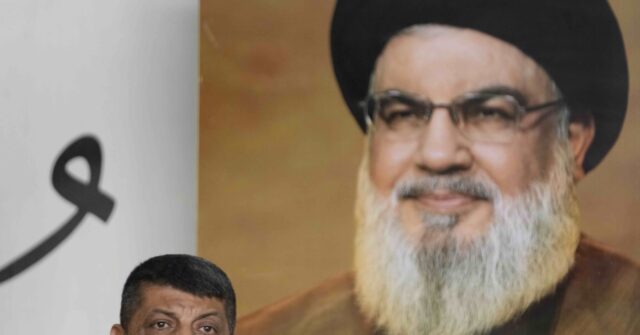On a recent Sunday, the Israel Defense Forces (IDF) conducted an airstrike in a densely populated area of Beirut, resulting in the death of Mohammed Afif, Hezbollah’s chief of media relations. This incident was reported by Reuters, which cited two Lebanese security sources confirming the strike but noted the absence of immediate verification from Hezbollah. Following the attack, the Israeli military declined to provide a comment. Notably, there was no prior evacuation order issued by the Israeli military concerning the area, as seen on their social media accounts, which typically alert the public to pending strikes. The airstrike marks a significant escalation in regional military tensions, highlighting the ongoing conflict dynamics between Israel and Hezbollah.
The specific location targeted in the strike was identified as a building in the Ras al-Naba’a neighborhood, where the local offices of the Ba’ath Party are situated. This neighborhood is not traditionally a hotspot for Israeli military actions, which usually concentrate on Hezbollah’s strongholds located in predominantly Shia areas of southern Beirut. The Ba’ath Party, long associated with socialist and nationalist ideologies, has historical ties to figures like Saddam Hussein in Iraq and Bashar Assad in Syria. The strike thus indicates not only a focus on Hezbollah’s leadership but also a strategic targeting of allied political entities within Lebanon.
Hezbollah, a powerful militant group with deep political roots in Lebanon, has maintained a significant presence in the region, exerting both military and ideological influence. The assassination of a media relations chief reflects an ongoing Israeli effort to undermine Hezbollah’s public communications and narrative. By targeting key figures responsible for media operations, Israel aims to disrupt Hezbollah’s information dissemination capabilities, particularly as regional tensions escalate amid broader geopolitical conflicts. This airstrike underscores the complexities of the Middle Eastern conflict landscape, wherein military, political, and media strategies intertwine.
In the broader context of the Israel-Hezbollah conflict, airstrikes and targeted assassinations have been recurrent themes. Israel has conducted numerous operations aimed at degrading Hezbollah’s military capabilities and leadership, and the recent event aligns with this strategic approach. Previously, there have been significant retaliatory measures taken by Hezbollah in response to Israeli strikes, elevating concerns of a potential cycle of retaliation. The killing of Mohammed Afif, who played a crucial role in shaping Hezbollah’s media narrative, signals Israel’s commitment to actively countering Hezbollah’s influence, even at the risk of escalating confrontations.
Additionally, the timing of the strike raises questions about the current state of affairs between Israel and Lebanon, particularly as tensions flare up in the region due to various factors including political instability and external influences. Lebanon has been grappling with its own internal challenges, making it vulnerable to foreign military actions that exacerbate existing conflicts. The airstrike can be interpreted as both a tactical measure by Israel and a broader message to regional actors about its operational reach and willingness to engage directly with Hezbollah’s affiliates.
As the situation develops, observers will be closely monitoring the repercussions of this strike on Hezbollah’s operational capacity and the broader geopolitical dynamics at play in Lebanon. With the risk of escalation escalating, particularly in the context of ongoing conflicts across the Middle East, this incident represents a potential turning point. The evolving nature of warfare in urban environments, particularly in densely populated areas like Beirut, raises significant humanitarian concerns and challenges the strategies employed by both state and non-state actors engaged in the region.

